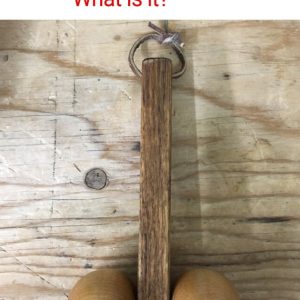Let’s be real—most of us struggle to identify gadgets from the 1990s, let alone ancient tools that haven’t been used in over a hundred years. But every now and then, a strange old object surfaces online—weathered, unmarked, and totally confusing—and sparks one big question: What on earth is this thing?
One such item recently made waves: a simple, Y-shaped wooden stick. No wires. No buttons. No obvious purpose. At first glance, it looks like something you’d toss to a dog on a walk. But in centuries past, it was actually a life-saving tool in rural communities.
So, what is it? Say hello to the dowsing rod—one of the most mystical, misunderstood, and quietly brilliant tools in human history.
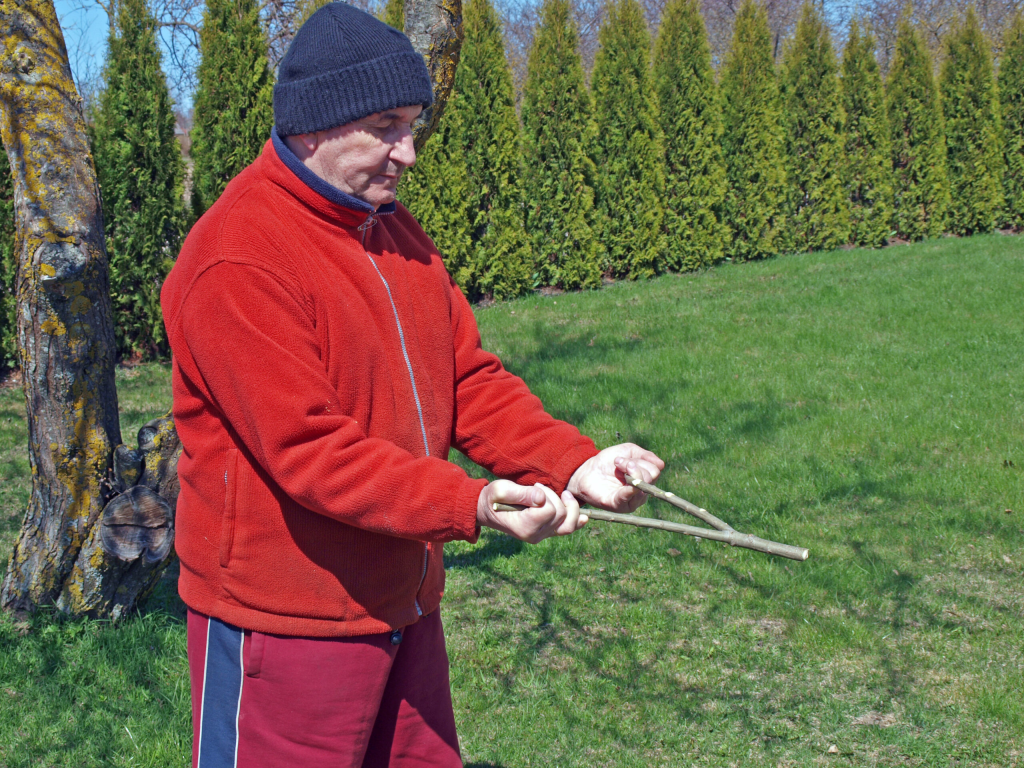
The Forked Stick That Found Water
Also known as a divining rod, water witch, or doodlebug, this humble tool was once carried by settlers, farmers, and even miners. Its purpose? To find hidden resources underground—especially fresh water.
Here’s how it worked: the user—known as a dowser—would grip each end of the Y-shaped stick tightly, palms up, and hold it out in front while walking slowly over the land. If the stick dipped, twitched, or pulled downward, it was seen as a sign that water was below.
Sounds a bit supernatural? That’s because, in some ways, it was. To this day, the practice of dowsing blends science, folklore, and intuition into one curious tradition.
Video: Water Dowsing With My Crazy Husband
Centuries of History in One Crooked Stick
The origins of dowsing go way back—as far as the 1500s. Back then, it wasn’t just used to find water. People believed it could locate metals, minerals, and even graves. During the Renaissance in Europe, miners used forked sticks to seek out silver and tin deep in the ground.
Eventually, as agriculture expanded and access to clean water became vital for survival, dowsing rods became a common tool across rural communities—especially in pioneer settlements, where there were no plumbing systems or municipal water lines. If you found the right spot for a well, you were set. If you didn’t, life got hard. Fast.
Why People Swore It Worked
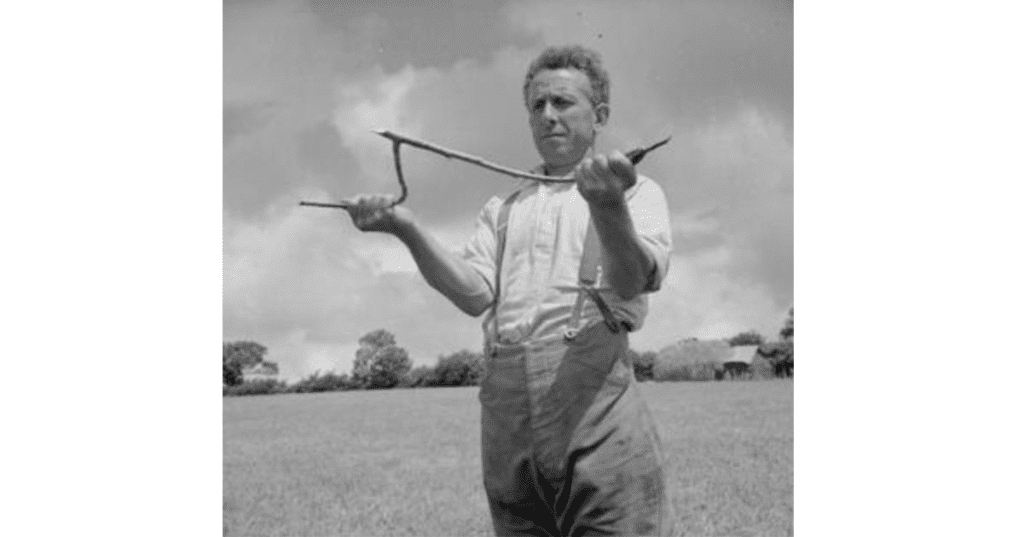
Skeptics have long questioned the effectiveness of dowsing, calling it everything from pseudoscience to pure coincidence. But for those who relied on it, the results spoke for themselves.
Farmers and settlers passed dowsing knowledge down through generations. Some believed they had a spiritual gift for it. Others just got good at “reading the land.” Whether it was subtle cues in the environment or something more mystical, many dowsers got it right—again and again.
It wasn’t about scientific validation. It was about getting the job done. And when your survival depended on water, a stick that pointed you in the right direction was more than enough.
Modern Eyes, Ancient Wonder
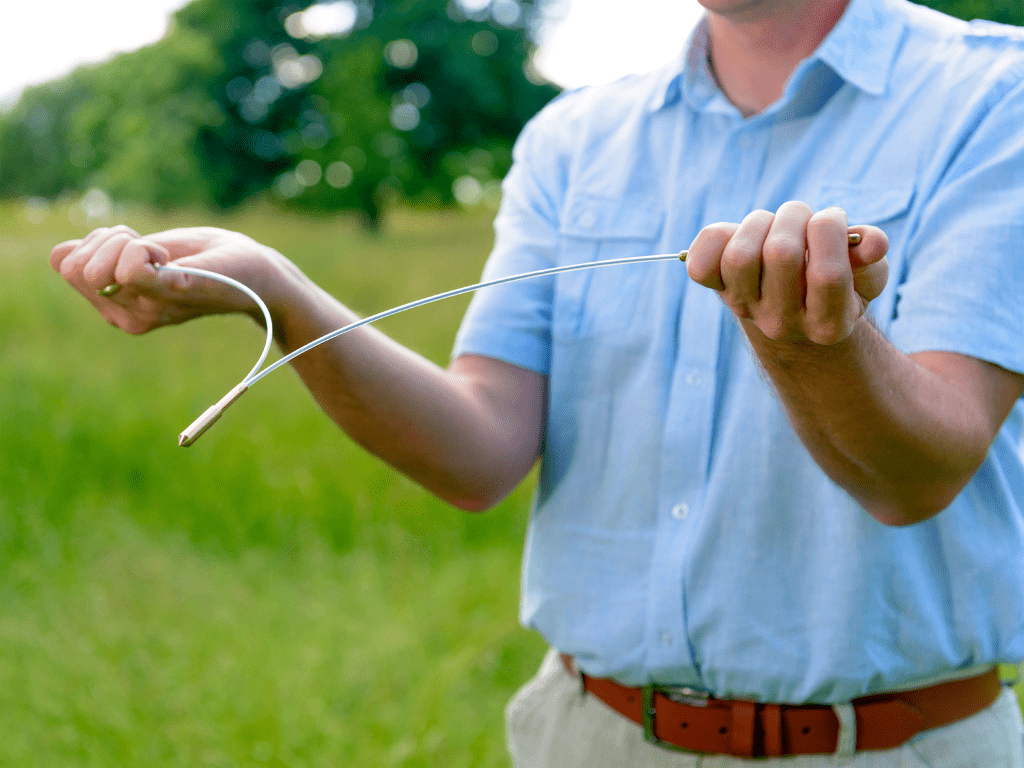
Fast-forward to today, and this tool is causing a buzz for a whole different reason. Photos of dowsing rods have been making the rounds on social media, often with the caption: “What is this old tool?” And the responses are pure internet gold.
Some guess it’s part of a musical instrument. Others think it’s a makeshift slingshot. A few joke that it’s a witch’s walking stick. But eventually, someone chimes in with the truth—and it always blows people’s minds.
That’s the charm of these forgotten tools. They’re simple. They’re weirdly beautiful. And they remind us that technology didn’t always come with touchscreens and USB ports.
Why the Dowsing Rod Still Matters
Video: Dowsing for Water: Does It Really Work?
Sure, you’re probably not going to go out and use a Y-shaped stick to find your next glass of water. But that doesn’t mean this tool is useless today.
The dowsing rod represents something bigger—human ingenuity and connection to the earth. It symbolizes a time when we relied less on machines and more on observation, instinct, and tradition. It’s proof that survival didn’t always come from tech—it came from trusting the land.
And in a world that moves at breakneck speed, there’s something deeply grounding about that.
From Superstition to Cultural Curiosity
Whether you believe dowsing actually works or not, there’s no denying its impact. For centuries, it was an essential part of rural life. Entire communities depended on it. And today, it’s become a nostalgic relic, often found hanging in barns, basements, and antique shops—waiting for someone to remember its story.
Collectors love it. Historians are intrigued by it. And even modern scientists continue to test it—some finding interesting patterns, others dismissing it entirely. But one thing’s for sure: this little tool still sparks conversation, even in the digital age.
You Might Walk Right Past One Without Knowing
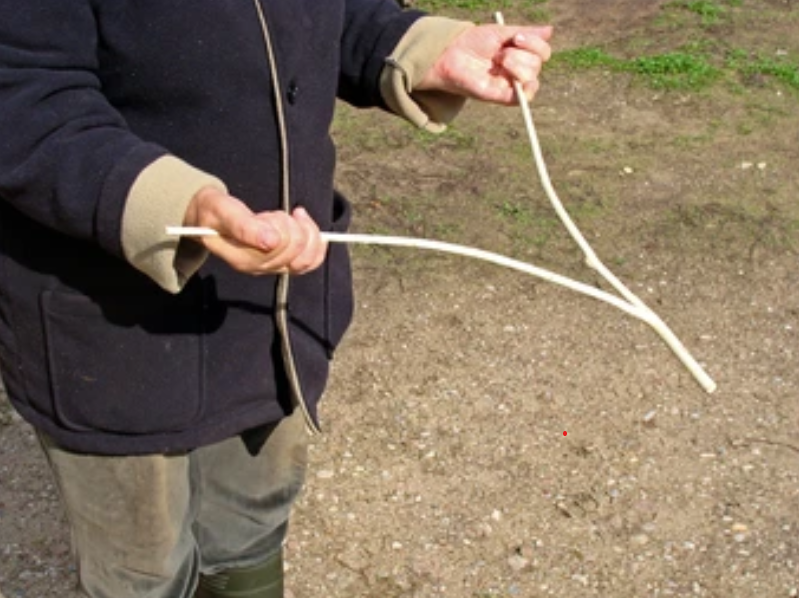
The next time you’re exploring a thrift shop, helping clean out an old garage, or strolling through an estate sale, keep your eyes peeled. That crooked stick leaning against the wall? It might be more than firewood.
It could be a reminder of how people once solved big problems with small, clever tools. A piece of quiet wisdom from the past. A literal branch of history.
Conclusion: Not Just a Stick—A Story
So, are you one of the few who recognized this antique tool? If you are, consider yourself part of a small group keeping a fascinating tradition alive. And if this was your first time learning about the dowsing rod, welcome to the club—you’ve just unlocked a slice of forgotten history.
In a world obsessed with fast fixes and new tech, it’s easy to overlook the genius of older tools. But the dowsing rod reminds us that sometimes, all it takes to solve a problem is a little knowledge, a little patience, and maybe… a stick.


